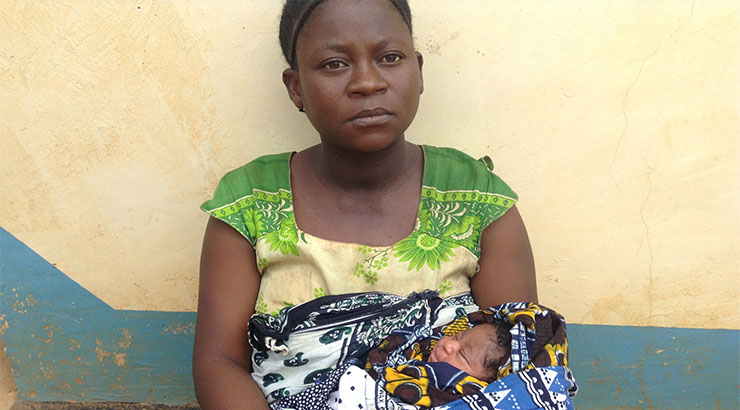“It can be done!”

With the generous support of Bloomberg Philanthropies in 2008 and the Fondation H&B Agerup in 2012, Vital Strategies – formerly known as the World Lung Foundation – set out to upgrade rural Tanzanian health centers to provide comprehensive emergency obstetric and neonatal care (CEmONC). At that time, CEmONC services were only available at hospitals, located hours away for most rural women experiencing potentially life-threatening obstetric complications. Vital Strategies trained non-physician clinicians (known globally as ‘associate clinicians’) in obstetric surgery and anesthesia, built operating theaters, set facilities up with equipment, supplies and medications and provided mentoring, supervision and continuing medical education to health providers. Ultimately, the project transformed 15 health centers in three regions of Tanzania: Kigoma, Morogoro and Pwani. Delivering CEmONC services in rural health centers had not been tried in Tanzania at that time and most people were skeptical that it would be possible.
The Vital Strategies team in Tanzania proved them wrong. A recent article by Dr. Angelo Nyamtema, Dr. Nguke Mwakatundu, Dr. Sunday Dominico et al published in PLOS ONE shows that indeed, it can be done. In the article, the authors describe the interventions, present challenges, and explain the lessons learned. The article shows between 2009 and 2014, the use of supported facilities by the local population increased dramatically; deliveries increased by 151 percent in the first year after CEmONC services were introduced. At the same time, health providers at the health centers increased their competency; over the five years, they performed 2,890 cesarean sections and their obstetric referral rate decreased by 67 percent. During the study period, health centers had statistically significantly lower institutional maternal mortality ratios than their corresponding district hospitals. The authors stress the importance of close monitoring, supervision, and mentorship provided by expert clinicians which ensured that the services were high-quality.
The authors report specific examples of how the initiative affected communities. Before CEmONC was introduced at Buhingu health center in Kigoma, a woman with an obstetric complication was required to wait up to 18 hours for a public boat to transport her to the closest hospital. The alternative would have been to pay approximately $1,250 USD to hire a private boat, an impossible feat for a rural, farming family. Another example comes from Mlimba health center in Morogoro, located 150 kilometers from the closest hospital providing CEmONC services. Before this project, the District Council for that health center spent over $13,000 USD over six months to transport women with obstetric complications to the nearest hospital.
Overall, this article provides evidence that decentralizing CEmONC services to health centers and training and supporting associate clinicians to provide those services in rural areas is an effective, appropriate and acceptable strategy. Fewer referrals to distant hospitals contribute to a reduction in maternal mortality and saves rural communities large amounts of money in transport costs. As one of the authors stated, “It can be done. You can completely transform a health center to provide surgery!” The authors end by encouraging Ministries of Health in other resource-limited countries to strongly consider this approach to reducing maternal mortality.